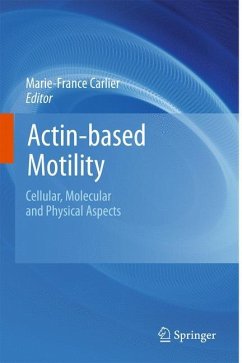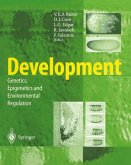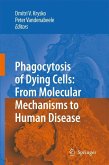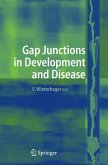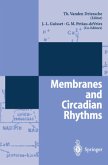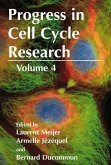This book presents the cellular, molecular and physical aspects of force and movement by the self-assembly of actin, one of the most abundant proteins found in cells, into cytoskeletal filaments. " Actin-based motile processes " are responsible for a large variety of motile activities such as chemotactic locomotion, embryonic and metastatic cell migration, wound healing, eukaryotic cytokinesis and bacterial plasmid segregation, endocytic and phagocytic activities, as well as morphogenetic processes including, axis patterning in early embryos, axonal growth in brain development, and the immune response and synaptic plasticity processes at the origin of learning and memory. The book describes how the recently undertaken multidisciplinary and multiscale approaches have explored the molecular and physical mechanisms at the origin of force and movement produced by actin self-assembly. The chosen topics show how advances have been made in the field of cell motility due to the progress in live cell imaging, light microscopy, improved resolution in the structure of large protein assemblies, the biochemical analysis and mathematical modeling of actin assembly dynamics and the development of nanotechnologies enabling us to measure forces in the range of pico- to nano-newtons produced by actin assemblies.
Since the discovery of actin by Straub in the 1950's and the pioneering work of Oosawa on actin self-assembly in helical laments in the 1960's, many books and conference proceedings have been published. As one of the most essential p- teins in life, essential for movement in organisms rangingfrom bacteria to higher eukaryotes, it is no surprise that actin has fascinated generations of scientists from many different elds. Actin can be considered as a "living treasure" of biology; the kinetics and thermodynamics of self-assembly, the dissipative nature of actin po- merization, the molecular interactions of monomeric and polymerized actin with regulators, the mechanical properties of actin gels, and more recently the force p- ducing motile and morphogenetic processes organized by the actin nanomachine in response to signaling, are all milestones in actin research. Discoveries that directly derive from and provide deeper insight into the fundamental properties of actin are constantlybeing made, making actin an ever appealing research molecule. At the same time, the explosion in new technologies and techniques in biological sciences has served to attract researchers from an expanding number of disciplines, to study actin. This book presents the latest developments of these new multiscale approaches of force and movement powered by self-assembly processes, with the hope to opening our perspectives on the many areas of actin-based motility research.
Since the discovery of actin by Straub in the 1950's and the pioneering work of Oosawa on actin self-assembly in helical laments in the 1960's, many books and conference proceedings have been published. As one of the most essential p- teins in life, essential for movement in organisms rangingfrom bacteria to higher eukaryotes, it is no surprise that actin has fascinated generations of scientists from many different elds. Actin can be considered as a "living treasure" of biology; the kinetics and thermodynamics of self-assembly, the dissipative nature of actin po- merization, the molecular interactions of monomeric and polymerized actin with regulators, the mechanical properties of actin gels, and more recently the force p- ducing motile and morphogenetic processes organized by the actin nanomachine in response to signaling, are all milestones in actin research. Discoveries that directly derive from and provide deeper insight into the fundamental properties of actin are constantlybeing made, making actin an ever appealing research molecule. At the same time, the explosion in new technologies and techniques in biological sciences has served to attract researchers from an expanding number of disciplines, to study actin. This book presents the latest developments of these new multiscale approaches of force and movement powered by self-assembly processes, with the hope to opening our perspectives on the many areas of actin-based motility research.

